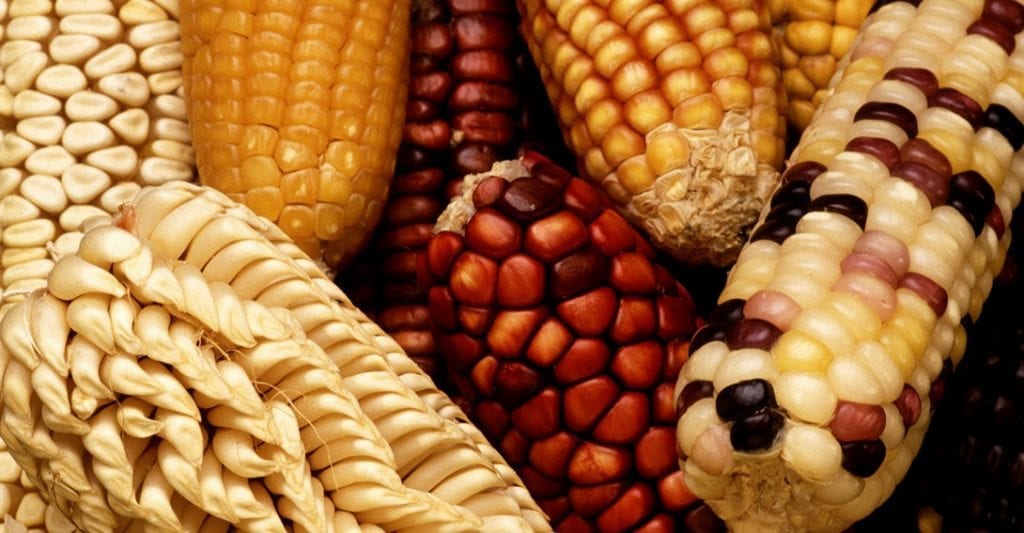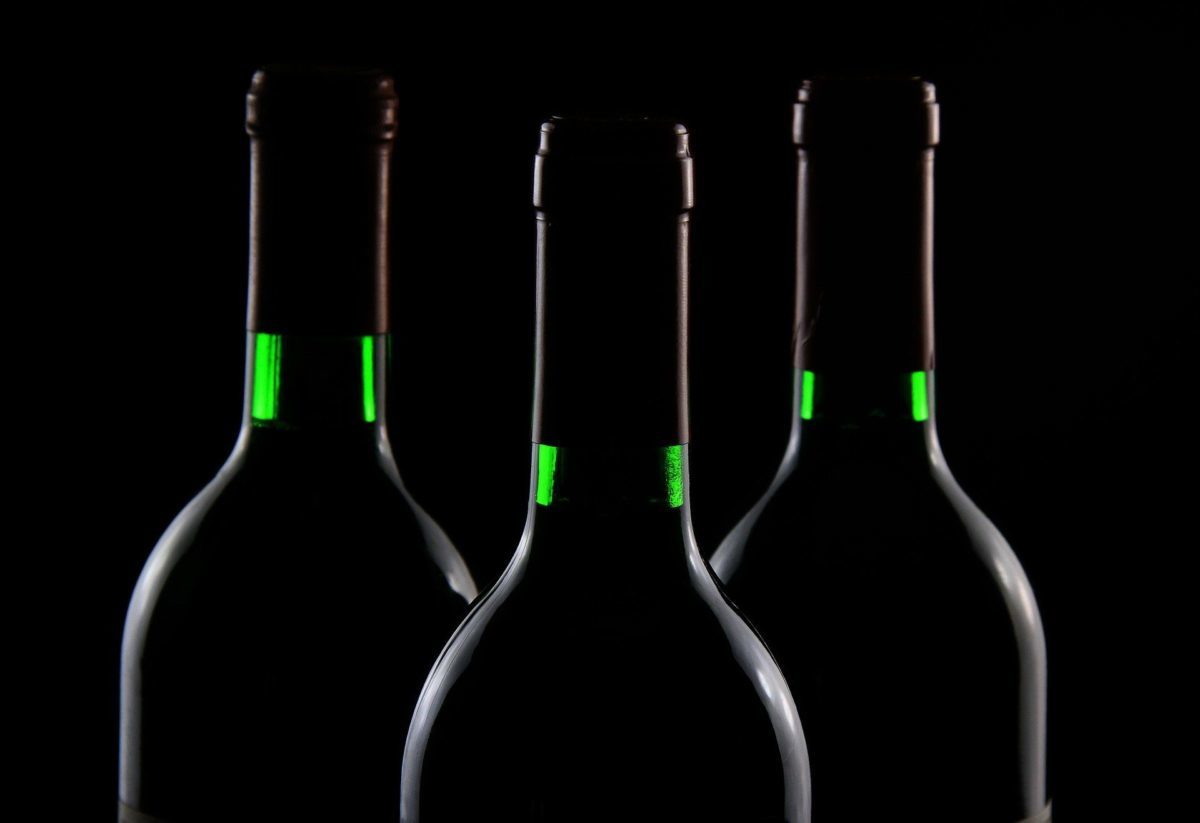Many consumers are unwittingly supporters of these controversial products, but do they really know? where are the transgenic foods? Many others, by principle, and because it is something obtained artificially, are radically against it. What advantages and disadvantages have? Why is there so much debate regarding its creation and consumption? Here we want to clarify it a bit so that you can be more informed about the genetically modified organisms (GMOs).
What is a transgenic food?
Before seeing where are the transgenic foods, we must define the concept. They are those living organisms whose DNA so that they have a portion of it from another organism. All this is achieved through genetic engineering techniques and with pre-established objectives. Although they are genetically modified organisms, not all OMG they are really transgenic. In other words, this word is associated with an organism whose genetic material has been modified in a way that does not happen in nature. Therefore, it is not natural but artificial and created.
Genetically modified organisms (GMO in English) may be present in some foods we eat and must be tagged thus. European law obliges to announce it on the label if they exceed the O, 9% of the product. All products marketed in the European Union are evaluated by the European entity EFSA and they have not been proven harmful.
On labeling
The law does not oblige to advertise the products as milk, meat or eggs of animals that have been fed GMO products. Yes, they must announce it if the breakfast cereals are, if the bean sprouts in our salad are, or simply any ingredient of a processed or ultra-processed product exceeds 0,9%.
The food industry recommends not labeling or generating a stamp of “GMO free”“ Non-transgenic ”or“GMO Free”Alluding to the fact that“ it contributes to promoting fear and prejudice in consumers ”. However, in USA, where the GMO law is much more lax than in Europe, there are already more than 33.000 products that have joined a project entitled Non GMO. This identification certifies that they are free of modified genes.
Their supporters
In favor of transgenic, in addition to the industry that generates and markets them, there are many Scientists that support them. Their arguments are multiple but they emphasize that they occur vegetables more resistant to drought, making crops and land fertile and profitable that otherwise would not be. Also that they are more resistant to diseases and pests. In this way, less chemical herbicides are used and the profitability of the crops is higher.
¿Where are the GM foods? In those products that can be more durable and adapted to the needs of distribution chains. They are foods with a better looking, more uniform and with the flavor adapted to the consumer's taste. This practice can be used to generate foods that can enhance, heal, and influence enfermedades of people. This is the case of some tests that are being carried out with milk that provides insulin.
The detractors
One of the most important arguments for ban, limit or control GMOs is the serious impact they have on the ecosystem. They greatly affect biodiversity, producing alterations in bacteria, fungi and viruses. Because they produce resistance, mutations and jumps to other unknown species for their self-protection.
On the other hand, for agricultores it creates a high dependence on multinationals, since these seeds cannot be sown again the following year. In this way, many local varieties at the same time as a very important bio-heritage of diversity, flavors and gastronomic richness. Another important risk is the control and food safety. Although in most countries it is very controlled and it is known where are the transgenic foods it is difficult to establish world control, something made worse by commercial globalization.
So where are the GMO foods?
Most of these products are Cereals and legumes intended for animal feed. Among them stand out the soybean, la rape and corn. Although some are not authorized in Europe, the following already exist in the world:
-Golden rice:
It was created to produce beta-carotenes, which is the precursor of vitamin A in places where rice is the only food source and there are deficiencies of this vitamin.
-Papaya of Hawaii:
It was created to be resistant to a virus that I almost finished with this crop in these islands.
-Salmon:
It is one of the animals that has been improved using this technique more. Specifically, it incorporates the growth gene and its production skyrockets more than 200%.
-Potatoes:
These potatoes have been created to generate more cellulose and are intended for paper industry, not as a tuber for human consumption.

In short, these are the current cases that respond to where are the transgenic foods, going a little beyond the famous corn or soybeans. Although packed with controversy, they continue to occur without the debate achieving a winner. And you? Against or for?







